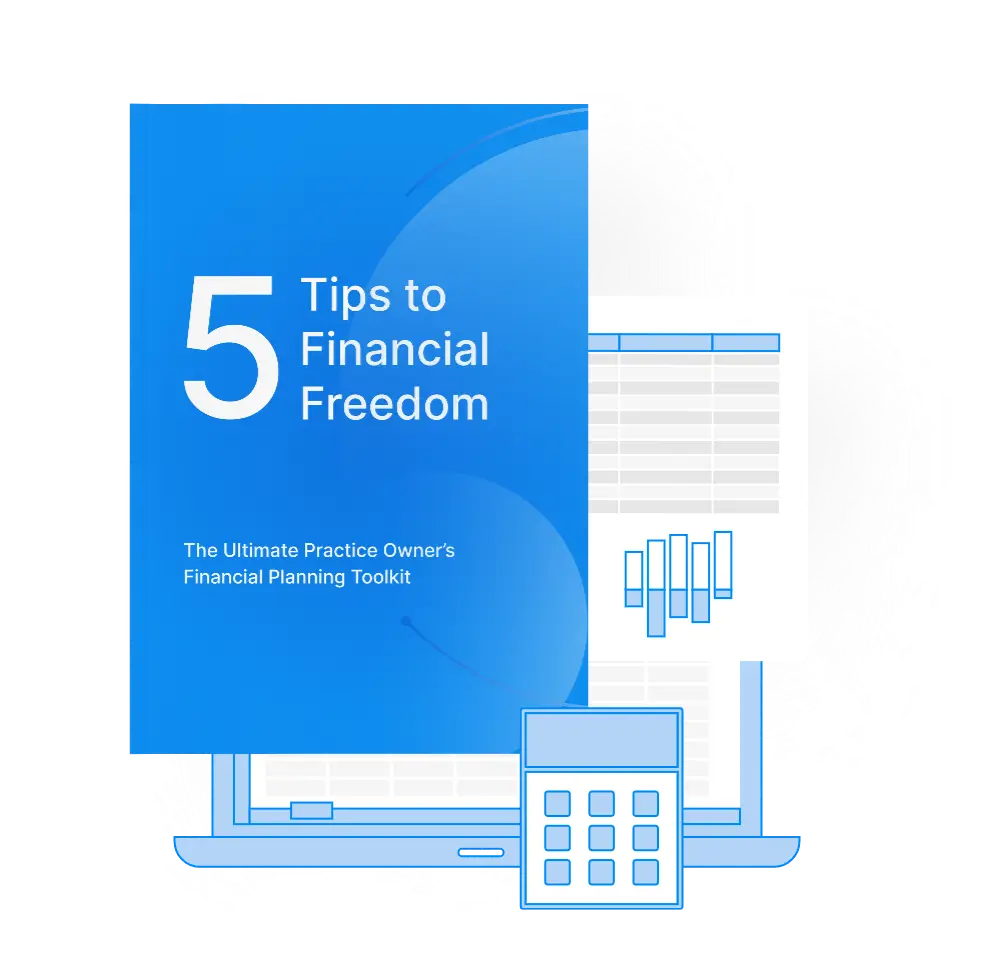An update on Paycheck Protection Program (PPP) forgiveness, EIDL grants, and student loan forbearance
December 7, 2020
The planning theme of 2020 continues to ring true: the only thing that is seemingly staying constant is that things are changing.
Paycheck Protection Program Forgiveness
The Paycheck Protection Program (PPP) continues to be one of the biggest focal points for business owners, and rightfully so. From the very beginning, it was a just-in-time decision making process and the implications of such decisions weren’t entirely known.
As we come up to the close of 2020, unfortunately that hasn’t changed. Here are the important details of the updates on PPP, specifically from the viewpoint of the forgiveness process. For more details, on everything mentioned below, check out my article in Review of Optometric Business:
Start Planning Today
Don’t miss out on exclusive access to financial tips, strategies, and expert-led webinars. Subscribe to the “Planning Life, On Purpose” newsletter today and stay ahead of the planning curve!
- The IRS issued Rev. Ruling 2020-27 on the tax deductibility of expenses paid for with funds from a PPP loan. The guidance confirms the Service’s previous position that expenses paid with funds from PPP loans that are ultimately forgiven will not be deductible.
- The Rev Ruling notably emphasizes that it doesn’t matter whether forgiveness is applied for and/or granted in 2020 or 2021; expenses paid in 2020 during the covered period are not deductible if the taxpayer “reasonably expects” that the loan will be forgiven.
- The IRS also issued Rev Proc. 2020-51 which provides a “safe harbor” for PPP borrowers whose loan forgiveness has been partially or completely denied or for someone who decides to forego forgiveness and pay back the loan.
- The requirements to qualify for safe harbor are as follows: (1) the taxpayer incurred eligible expenses under PPP loan during the 2020 covered period in which no deduction is permitted because the taxpayer reasonably expects the loan to be forgiven, (2) the taxpayer submitted before the end of the 2020 taxable year (12/31/2020) an application for covered loan forgiveness to the lender, and (3) in a subsequent taxable year the lender notifies the taxpayer that forgiveness of all or part of the covered loan is denied.
Important to note: when applying for forgiveness, any EIDL (Economic Injury Disaster Loan) grant that you received will reduce the amount of your PPP that will be forgiven, in essence making your EIDL no longer a grant but rather a repayable loan. The PPP forgivable amount will be reduced by the amount received under the EIDL grant (up to $10,000). Once SBA and your lender have reconciled these two amounts, the amount due from you will be the amount of your EIDL grant/advance, payable to your PPP lender. We recommend working with your lender to ensure clarity on those numbers.
Summary and action items: given what we know about PPP forgiveness at this time, we suggest working with your lenders to begin submitting applications for PPP loan forgiveness. It’s also important to consult your tax team to get a range of tax projections and outcomes for 2020 tax season.
Student Loan Forbearance
On December 4th, 2020 Dept of Education Sec. Betsy DeVos announced that her department will be extending the forbearance period, the pause on interest rate accrual, and the suspension of collections activities on all outstanding federal student loans.
If you are a borrower and still holding federal loans, we recommend waiting to refinance any federal student loans through private loan companies like SoFi, Laurel Road, etc* until after the forbearance period has ended. This ensures the following outcomes:
- Should you decide to make payments, 100% of your payments will be going towards principal.
- If you are working towards Public Service Loan Forgiveness (PSLF), suspended payments through forbearance will still count towards PSLF. See this studentaid.gov FAQ section for more details.
- If you are wanting to conserve cash and not make payments, the interest is not accruing on your loans.
Continued, proactive planning continues to be the theme around 2020 and we’ll continue to do what we can do provide timely and relevant information to our clients and readers.
*the aforementioned names are for reference only and should not be construed as an endorsement or recommendation.


Share